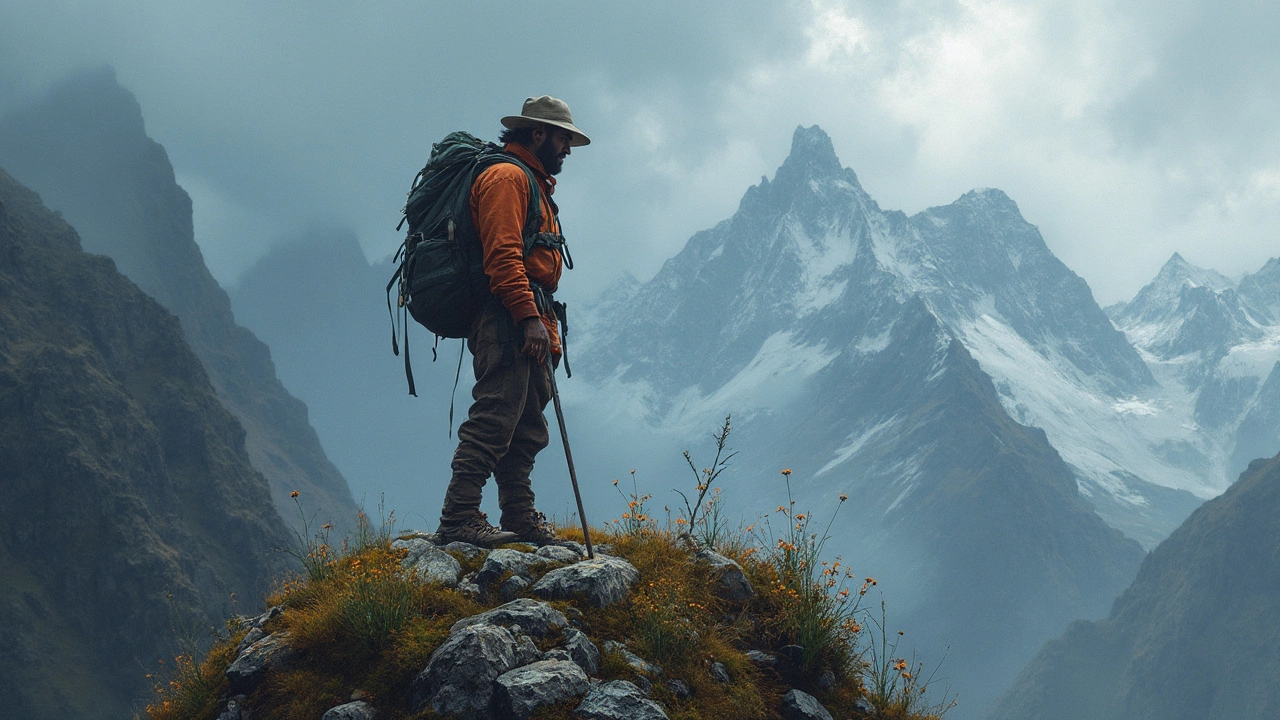SEARCH
India Adventure Hiking: Your Practical Guide to Trails, Gear and Safety
If you love walking on rugged paths, fresh mountain air and sunrise over valleys, India has a trail for you. From the snow‑capped Himalayas to the misty Western Ghats, the country packs a crazy variety of hikes that suit beginners and seasoned trekkers alike. This guide cuts the fluff and gives you real‑world ideas on where to go, what to pack and how to stay safe.
Top Hiking Destinations in India
1. Valley of Flowers, Uttarakhand – A UNESCO World Heritage site famous for wildflowers that turn the valley into a rainbow carpet. The trek is moderate (5‑6 km one‑way) and best done from June to October. Expect river crossings and a bit of altitude, but the scenery pays off.
2. Kumara Parvatha, Karnataka – The second highest peak in South India offers a steep climb and dramatic rock formations. It’s a tough 3‑day trek, so train your legs on local hills before you go.
3. Sandakphu, West Bengal – The highest point in the Indian subcontinent’s eastern side. The trail gives you views of four peaks – Everest, Kanchenjunga, Lhotse and Makalu – on a clear day. It’s a 6‑day trek with comfortable tea‑house stays along the way.
4. Dzongri, Sikkim – A high‑altitude trek that’s perfect for those who want a taste of the Himalayas without the crowds of Everest Base Camp. The route is 4‑5 days, with camps set up near glacial streams.
5. Kodaikanal’s Coaker’s Walk, Tamil Nadu – If you’re short on time, this 1‑km stretch gives you breathtaking valley views without needing a night’s sleep in a tent. Great for a weekend day‑trip.
Pick a trail that matches your fitness level and the time you have. Most popular routes have basic huts or guesthouses, so you don’t have to carry a heavy tent unless you love camping.
Essential Gear and the 3‑Layer Rule
The biggest mistake new hikers make is overpacking or under‑packing. Follow the simple 3‑layer rule: a base layer that wicks sweat, a mid‑layer for insulation, and a shell that blocks wind and rain. A good combo is a synthetic T‑shirt, a lightweight fleece and a waterproof breathable jacket.
Other must‑haves:
- Backpack – 30‑40 L is enough for a 2‑3 day trek. Look for padded straps and a rain cover.
- Footwear – Sturdy hiking boots with ankle support and good tread. Break them in before the trip.
- Hydration – Carry at least 2 L of water. A filter or purification tablets are handy for refill points.
- Navigation – A printed map and a basic compass; phone GPS works, but don’t rely on signal.
- First‑aid kit – Band‑aids, antiseptic wipes, pain relievers and any personal meds.
Keep weight under 20 % of your body weight. If you’re unsure, start with a day‑hike close to home and note how heavy you feel.
Safety tip: always tell someone your route and expected return time. In remote areas, a small satellite messenger can be a lifesaver, but even a quick text before you head out helps.
When you reach higher altitudes, move slowly, drink plenty of water and watch for headache or shortness of breath. If symptoms get worse, descend immediately.
Ready to hit the trail? Choose a destination, pack light, follow the 3‑layer rule and keep safety on your checklist. India’s mountains and hills are waiting, and with these basics you’ll get the most out of every step.

Hardest Place to Hike in India: Where Trekking Gets Real
Curious about the hardest place to hike in India? This article uncovers the ultimate challenge for trekkers and what makes it such an unforgiving adventure. You'll discover brutal terrains, wild weather, real-life stories, and what it takes to test your limits. We'll toss in some helpful tips and must-know facts if you're thinking about tackling India's most intimidating trek. It's everything you want to know before stepping onto the toughest trail.
Continue reading